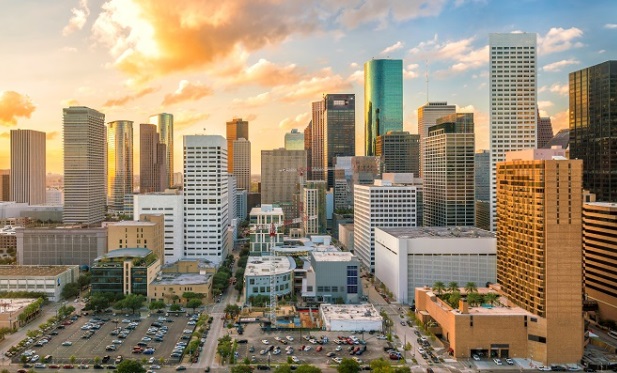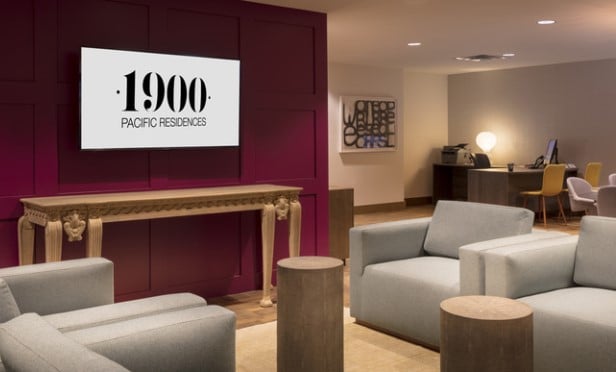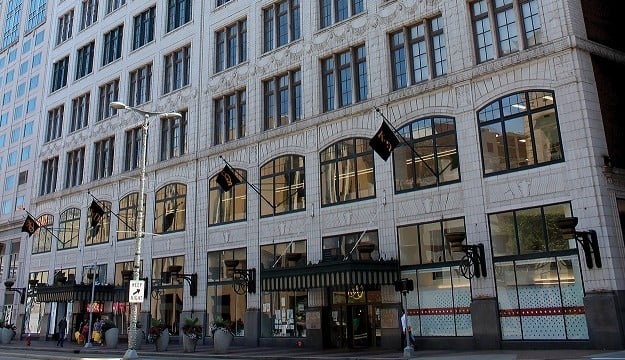
HOUSTON—The multifamily market appears to have turned a corner, with demand outpacing deliveries by more than two-to-one, according to Berkadia's first quarter 2018 Houston multifamily report. Renters newly occupied 2,971 apartment units during the first quarter of the year–more units by far than any other metro area, except Dallas-Fort Worth and New York City (with 4,340 and 3,148 units newly occupied respectively).
“There continues to be a lot of capital in the market looking for deals. While interest rates are rising, they are still historically low and Houston is well-priced relative to other major markets,” says Tucker Knight, senior managing director of Berkadia. “As a result, we anticipate continued investor interest and deal activity in the year to come.”
The increase in demand and slowing of new deliveries resulted in a 4.6% increase in rents year over year, which is nearly 2% higher than national average and makes Houston one of the cities with the fastest growing rents in the country. It ranks number seven nationwide, according to Berkadia.
Effective rent this quarter stands at $1,022–an increase of 4.6% from first quarter 2017. The Highland Village/Upper Kirby/ West U submarket recorded a rent advance by a metro-leading 9.5% annually to $1,738 per month in March 2018. The metro annual rent share of wallet is at 19%, lower than the national average of 26.3%.
“Houston is really exceeding expectations and outperforming many other multifamily markets across many metrics,” said Ryan Epstein, senior managing director of Berkadia Houston. “Investment activity reflects these more healthy dynamics, and we anticipate this trend to continue as the Houston area economy continues to see growth.”
Other report takeaways: There were 1,242 new apartments units delivered in first quarter or 7,547 since March 2017. Houston's occupancy reached 89.7%–an increase of 140 basis points since first quarter 2017. Occupancy was highest in the FM 1960 East/IAH Airport submarket at 95%, as no new inventory was introduced.
“Historically, the Woodlands submarket has always been very popular and highly occupied, but with Exxon's move and rising employment figures, other submarkets such as the Energy Corridor are now seeing occupancy rates increase as well,” Epstein tells GlobeSt.com.
Houston's metro-wide hiring accelerated to 2.2% (non-farm) annually as of February, outperforming the national average of 1.5%, and shows no signs of slowing. Driving factors in Houston's employment growth leading to increased demand include the completion of Amazon.com Inc.'s $135 million fulfillment center in the Pinto Business Park, followed by a 420,000-square-foot fulfillment center in Katy, which will be operational in the first half of 2018. Together these centers will add 3,500 jobs to the metro area.
“We're seeing banks making more construction loans now, something that wasn't happening before. We're also seeing more institutional clients, so Houston's multifamily market is clearly giving lenders confidence and attracting investors,” Knight tells GlobeSt.com.
© Touchpoint Markets, All Rights Reserved. Request academic re-use from www.copyright.com. All other uses, submit a request to [email protected]. For more inforrmation visit Asset & Logo Licensing.







